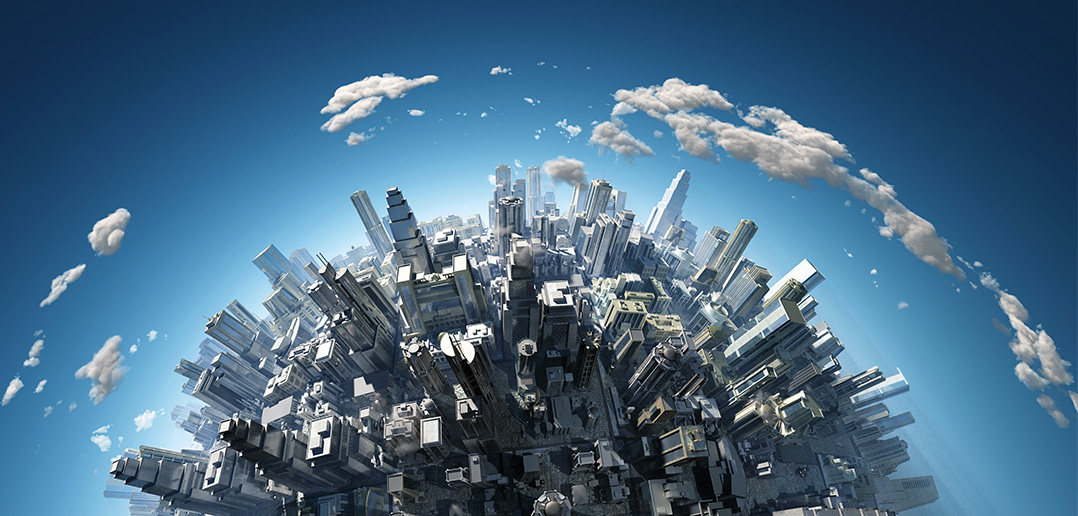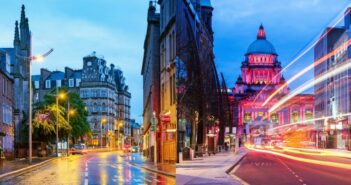By Andrew Stevens and Greg Clark
The Tokyo city brand is one of the least studied of all world city brands, although it is also one of the most embedded. Tokyo has been subjected to some of the most destructive natural and human-made disasters in recent years, including an earthquake, tsunami and a nuclear accident.
The city’s brand, however, has proven to be extremely resilient. According to the 2011 Anholt-GfK Roper City Brands Index study, Tokyo’s brand has seen no significant erosion as a result of these phenomena, finishing 10th among the 50 cities measured in the Index.
Regarding Tokyo’s place in the Index, Simon Anholt, City Brands Index founder, commented, “the stability of Tokyo’s brand image comes as no surprise, since the city consistently ranks impressively on welcoming people, amenities, cultural richness, education and business climate…the reputations of countries and cities are never affected by acts of god, only by acts of men.”
Tokyo’s brand platform
Tokyo’s brand is promoted externally, and projected globally, by the Tokyo Metropolitan Government, through its Governor, formerly Shintaro Ishihara. The Governor, who was in power from 1999 until October 2012, issued a 10 year plan in 2006, “Tokyo’s Big Change”, which has the intention of improving and enhancing the city by 2016, the year in which they intended to host the Olympic Games. Although their bid for the Games was ultimately unsuccessful, these improvements are still going ahead as planned, with some having being accelerated.
In the Plan, the Governor highlights Tokyo’s intention to become globally known as a “beautiful and safe city.” More specifically, the plan highlights goals such as: negating certain aspects of post-war urban development through the increased use of waterfront and greenery, achieving a global reputation for sustainability and disaster management, Tokyo becoming the ‘cultural hub of Asia’ and ‘attracting people from around the world.’ The plan was formulated by the Headquarters of the Governor and approved by the Tokyo Metropolitan Assembly.
Tourism Promotion, City Promotion and Sister Cities relations, as well as the Asian Network of Major Cities 21, are all overseen by various sections of the Tokyo Metropolitan Government, while the Tokyo International Anime Fair and Tokyo Marathon are also managed by publicly owned enterprises.
In addition to “Tokyo’s Big Change”, and in response to the challenges facing the city in the light of the impact of the tsunami and earthquake, Tokyo Vision 2020 has been developed as a means of transforming the city, as part of the city’s bid for the 2020 Olympic Games. It is through achieving the following eight specific goals that Tokyo intends to promote its brand to the world, “presenting the world with a vision of how cities should be”: Achieve a sophisticated disaster-resistant city and demonstrate Tokyo’s safety to the world, create a low-carbon society with a highly efficient, independent and distributed energy system, restore Tokyo to a beautiful city surrounded by water and greenery, connect land, air, and sea to raise Tokyo’s international competitiveness, put Tokyo on a new track to growth by raising industrial power and the allure of the city, build and show the world an urban model for a society with a low birth-rate and aging population, raise globally competent individuals by creating a society where anyone can strive for high goals, and create a society where everyone can enjoy sports and provide children with dreams.
The next step
One of Tokyo’s major brand weaknesses is the perception of its cleanliness; the city ranks in the bottom half of all measured nations in the 2011 Anholt-GfK Roper City Brands Index. Is Tokyo an open city? There are many aspects of the cosmopolitan society in Tokyo but the perception of closed institutions and the city’s reputation for isolationism is an oft cited factor for Tokyo failing to compete with other cities on a regional, as well as global level.
Tokyo recognises both of these weaknesses and is in the process of addressing them, but whether or not they can be overcome and Tokyo can begin to compete with the likes of London, Paris and New York remains to be seen.
Source: Developed with material from www.citymayors.com
Top image credit : Photobank gallery



